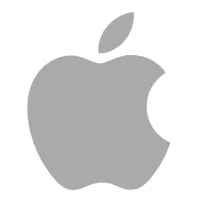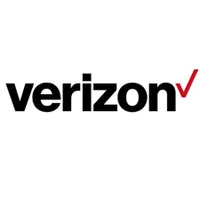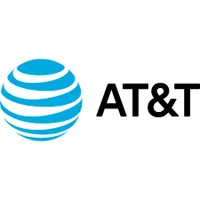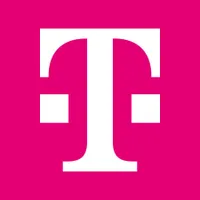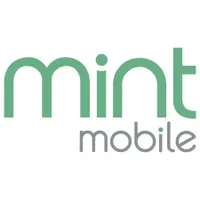Best iPhone 15 deals: All the biggest savings on this year's iPhone
Save money on a brand-new iPhone
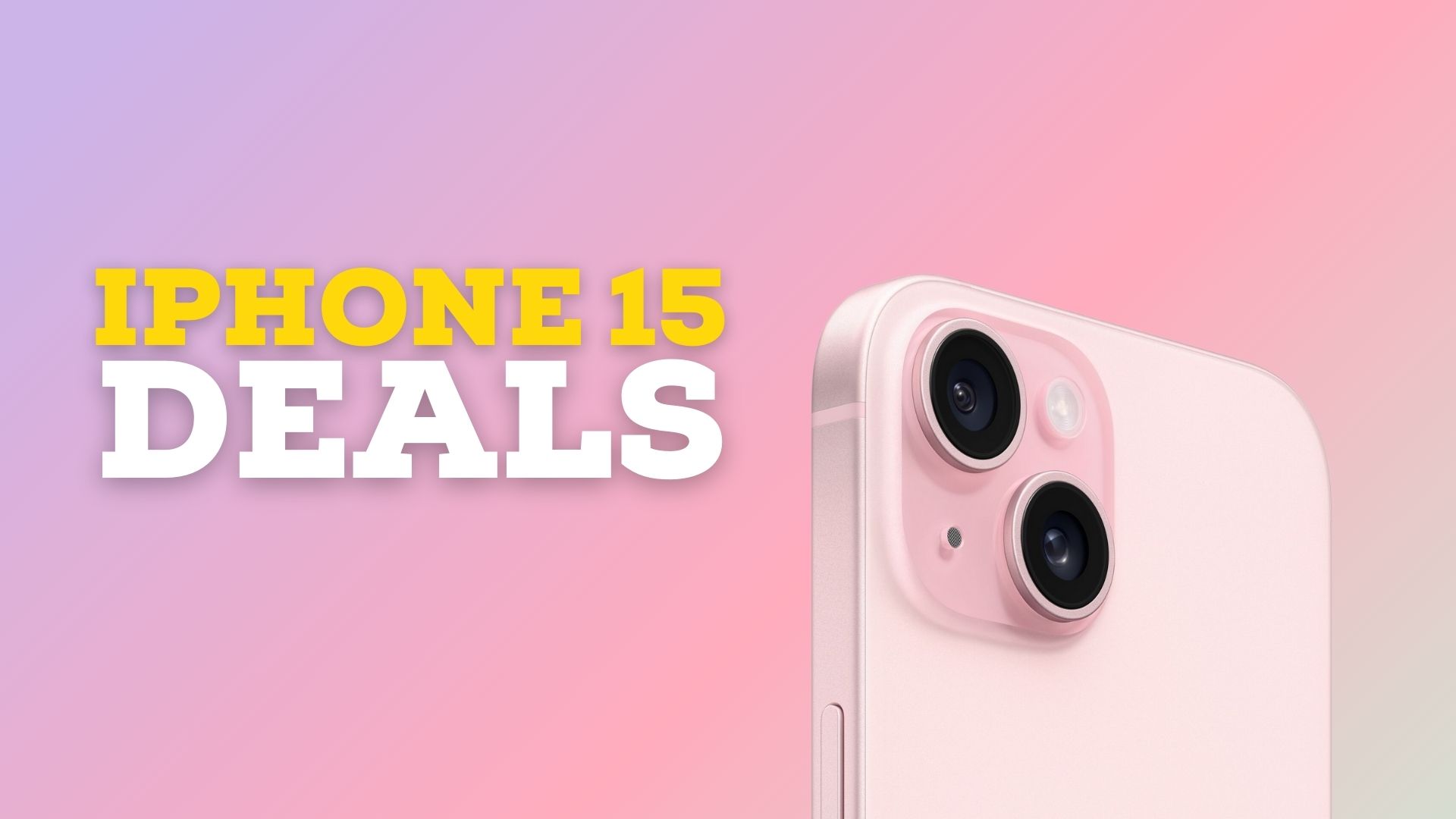
The iPhone 15 is one of the biggest updates to the iPhone line in a long time, with loads of features last seen on the Pro models making their way to the mainline iPhone. You'll be wanting to save money with some of the best iPhone deals you can find though — after all, they're still not cheap.
This year, the iPhone has Dynamic Island, the fancy little camera hiding pill that lives at the top of your iPhone screen. It jumps around letting you know what music is playing, what a fast food delivery is doing, and more — and while it used to be the territory of the Pro model iPhones, it's now made its way to the more accessible iPhone 15. There's a fancy new design as well, with smoother corners and some wicked new colors. There's a more powerful chip inside as well, in the form of the A16 Bionic from 2022's iPhone 14 Pro.
The iPhone 15 might not be the most expensive iPhone that money can buy (that honor goes to the iPhone 15 Pro Max), but it's still not cheap. To that end, we've scoured the internet to find you the best deals on the iPhone 15 so that you can save money on your next phone.
iPhone 15 deals: What you need to know
- Colors: Pink, Blue, Green, White, Black
- Price: $799
- Storage: 128GB, 256GB, 512GB
There are a couple of ways to get a great deal on the iPhone 15, starting with picking one up from a retailer like Apple or Best Buy. This will make sure that you only pay the launch price for the device, and you won’t end up paying through the nose for a contract with interest. It does, however, mean that you’ll pay the whole cost upfront.
Don’t forget Apple’s iPhone upgrade program — a 0% interest monthly payment scheme that lets you upgrade the iPhone every year, whenever a new one is released. This is a very popular way to get the iPhone, but remember that you’ll need to have a credit check before you can get involved.
The third way is to head over to a data carrier, where you’ll find some great deals. You’ll be stuck with your new iPhone for the length of the contract, of course, so if you want the latest iPhone every year, then this might not be the way to go. If you’re happy to lock into a contract, then this year you can save lots of money with a trade-in deal that could get you the phone for free.
Best iPhone 15 retail deals
iPhone 15 | From $799 at Apple
Ordering from Apple gets you the iPhone 15 direct from the source, with all the bells and whistles that you might expect. This is also how you can get started with the iPhone upgrade program — but you will need to head into a physical store for that to work.
iPhone 15 | From $799 at Best Buy
Best Buy is often a good option, especially when the Apple store goes out of stock. There are sometimes deals at the shopping giant as well, something that the Apple store doesn’t offer — and you can pop AppleCare into your order as well so that you’re protected should you drop your new phone.
Best iPhone 15 carrier deals
Verizon | Up to $830 off with trade-in
This is still one of the best ways to get yourself a brand-new iPhone 15. If you trade in an old device, like your old iPhone 14, you can get up to $830 off a new iPhone. For those with eagle eyes that's the same (and then some) as the base model iPhone 15 — leaving you to pay nothing for your new device.
AT&T | Up to $700 off with trade-in
This trade-in isn't quite as good as the Verizon deal, but it will still save you a bundle when you buy a new iPhone 15. You can also choose to pay for the phone separately from your data plan so that you're only paying monthly for your line rental and data if you trade-in.
T-Mobile | Up to $1000 off with trade-in and qualifying data plan
This option is the biggest potential saving of all, but you'll have to jump through some hoops to get it. If you trade in an old device (the list of which you'll find on the T-Mobile product page) and choose the more expensive Go5G Next data plan, you'll get $1000 off your next iPhone. The trade-in number goes down if you choose a different data plan, so it's worth shopping around the options to find the best for you.
Mint Mobile | From $35 per month or $829 up front
Mint Mobile is a great way of getting a tailored package to make sure that you don't pay too much for your new iPhone. If you only use 4GB of data, for example, you can choose a cheaper contract — but then if you need a few extra GBs one month, you can add them on for that month. iPhone purchase wise you can pay for the whole phone up front, or get a solid monthly payment option.
iPhone deals Q&A
Can I trade in my old phone?
You absolutely can, and you absolutely should. In previous years, there have been some incredible deals on offer for those who trade in an old device, not only saving them money but also making sure that their old device is properly recycled. Last year, Verizon waived the cost of a new iPhone model in some cases when you traded in an old iPhone for one of the best launch deals on a phone that we’ve ever seen.
That deal is back for the second year in a row, only this time it can be found at several different carriers. Trade-in values seem good on iPhones back to the iPhone 12, so if your device is in good shape you could well end up with a much lower monthly price.
How does a contract iPhone work?
With a contract for an iPhone, you pay a monthly fee for your iPhone and data plan, often over the course of a couple of years. For example; you might pay $25 a month for an iPhone 15 for the duration of your contract, and then on top of that pay $30 for the data plan that lets you use 5G and mobile internet. This is a great way of saving money on a month-to-month basis, but you’ll end up paying more overall when you take interest on the phone loan into consideration.
iPhone 15 Q&A
What colors is the iPhone 15 available in?
The iPhone 15 comes in five colors, including Pink, Green, Blue, White, and Black.
How much is the iPhone 15?
The iPhone 15 costs $799, and gets more expensive from there with every storage increase.
How big is the iPhone 15?
The iPhone 15 is a reasonably sized device, with a 6.1-inch screen. If you want something a little larger, then you should consider the iPhone 15 Plus, a bigger-screened device with a 6.7-inch display.
iMore offers spot-on advice and guidance from our team of experts, with decades of Apple device experience to lean on. Learn more with iMore!

As iMore's Senior Staff writer, Tammy uses her background in audio and Masters in screenwriting to pen engaging product reviews and informative buying guides. The resident audiophile (or audio weirdo), she's got an eye for detail and a love of top-quality sound. Apple is her bread and butter, with attention on HomeKit and Apple iPhone and Mac hardware. You won't find her far away from a keyboard even outside of working at iMore – in her spare time, she spends her free time writing feature-length and TV screenplays. Also known to enjoy driving digital cars around virtual circuits, to varying degrees of success. Just don't ask her about AirPods Max - you probably won't like her answer.
